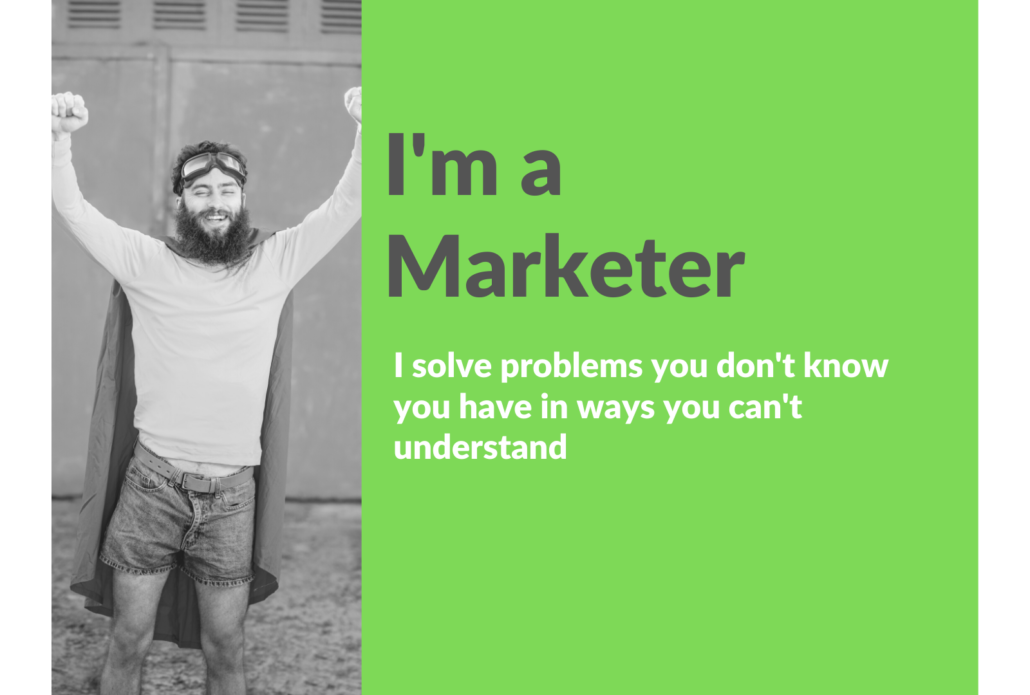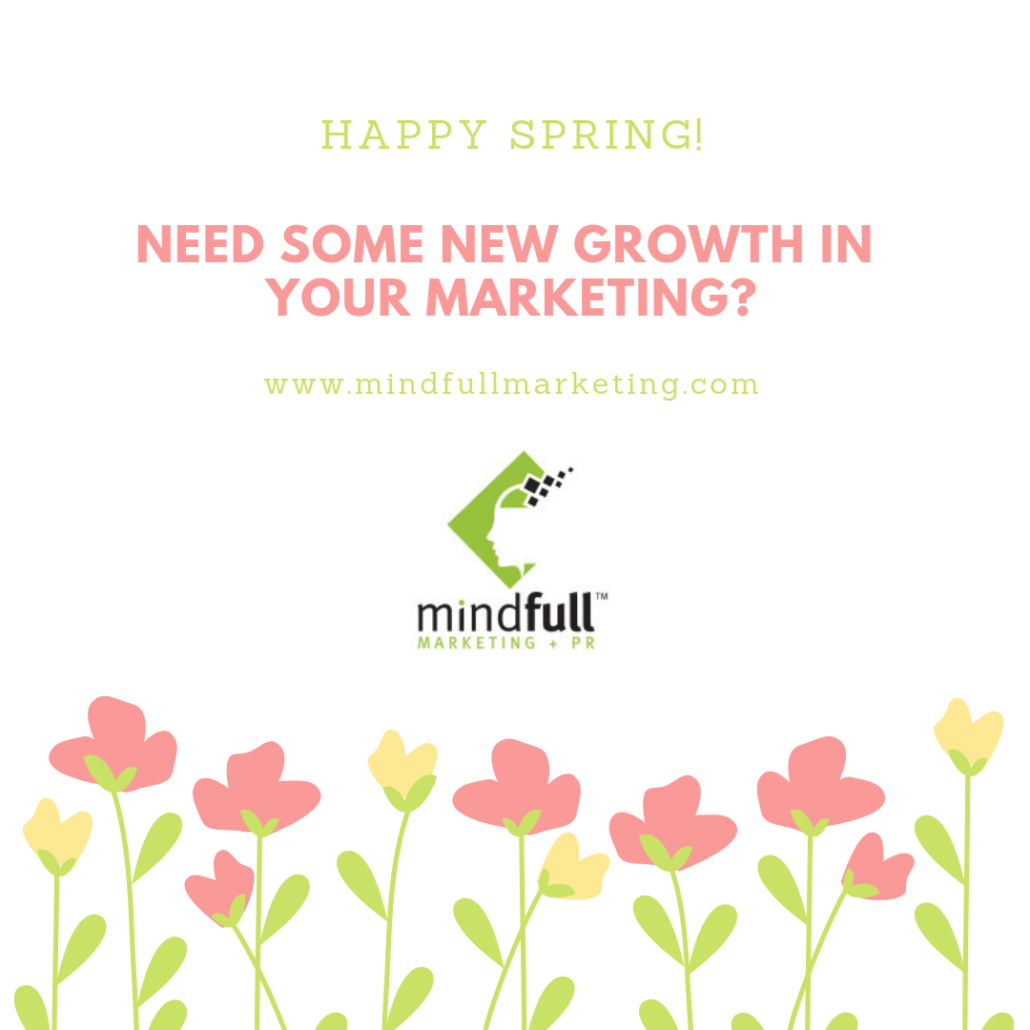Marketing During A Crisis
It’s a question on the minds of many Chief Marketing officers, marketing executives, and small business owners: “What should we do about marketing in the current COVID-19 crisis? Should we even be marketing?”
To Market Or Not To Market?
As has been said in the wake of past disasters, the answer is yes. The more important question is “How and what should we be marketing”? Marketing is often the first thing to go during a financial crisis – it’s an “easy cut” that doesn’t always have a stark, noticeable impact on the bottom line. (This is why measurement and analytics are so important!) But in difficult times, marketing may be more critical than ever. While it may not drive hot leads today, it will generate warm leads and loyalty for tomorrow when buyers begin to spend money again.
Moving To Socially-Minded Campaigns
Every organization now needs to refocus their marketing approach to be socially-minded. If your company’s previous marketing was all about your brand, it’s time to think differently. True, consumers and businesses may be slowing down buying today, but tomorrow will come and marketers need to be thinking about that in their strategy.
Socially-minded marketing during this crisis is focused on brands being a resource to customers and prospects today. Provide more information, share more insights, give more than you have previously. Consider pricing strategies, reductions, or payment plans that will allow your customers to stay with you during these tough times. Think about how your marketing actions today will build long term loyalty when we all begin to recover and spend again.
What Brands Are Doing It Right?
Take, for example, Planet Fitness. They swiftly conducted a series of smart marketing moves:
- On March 10, they sent a member newsletter on health and wellness guidelines and best practices for staying clean and healthy during flu season and among “heightened awareness around COVID-19.” (Because none of us yet knew the full implications!)
- They closed all clubs proactively (not waiting to be forced by government mandates) on Friday, March 20
- They proactively froze all member accounts, not charging any fees “during this time.” Considering that no one seems to know how long “this time” will last, this is particularly impressive. As long as their clubs remain closed, they will not charge membership fees. Admittedly, this is a difficult decision that affects the bottom line. But they immediately recognized their role in helping to stop the spread of Coronavirus (closing all clubs) and the financial strain that consumers were going to be facing. While the $20 I spend on my monthly membership isn’t going to help pay my mortgage, it does make me loyal to a brand that puts its customers first, and I’ll remember that.
- Thereafter, they did not send out any other newsletters or promotions until this Monday, March 23. They took their time to think carefully about what to market, how, and when.
- They are now offering free fitness classes for everyone – branded “Home Work-Ins,” streaming live daily Monday – Friday at 7 p.m., hosted by their trainers and celebrity guests. They require no equipment and are just 20 minutes or less. What a brilliant way to keep current members engaged and appeal to prospective members who a) may have no other workout options and b) have never tried Planet Fitness before and can now get a feel for how they treat their members, how they train, etc. The classes are also available on Facebook and YouTube after each broadcast, allowing fitness buffs to do them on their own time.
- They quickly updated their website to reflect the new campaign, “United We Move: We’re Bringing The Gym To You.”
Other brands did not move as swiftly or as carefully. They may not have considered just how vital intelligent, socially-minded marketing is in a crisis like this. They continued to think only with a promotional viewpoint and not a research-based, customer-first mindset. Sending your regular newsletter with a side note on COVID19 was not enough. Here’s a different tale from Vineyard Vines:
- On March 13 Vineyard Vines sent a newsletter out encouraging customers to continue shopping in their stores because “they remained open.” A note that the company had stepped up their “already rigorous store cleaning protocols,” was included and that they wanted to be a place of “respite and positivity” during this time. I was surprised that they didn’t instead promote online shopping and encourage people to stay home – both for their employees’ and their customers’ sake.
- Over the next two days, on March 14 and 15, they continued to send newsletters with regular promotions such as “Spring Print Spotlight,” and “Sale’s on Sale.” They lacked any new thoughts/positioning on why consumers should even think about shopping for Spring weather or vacation clothing during this time of uncertainty and social distancing.
- Later on March 15, they sent a second newsletter of the day stating their stores would be closed through March 27. They did announce that they would be paying employees for any previously scheduled shifts and that their website would remain open. Still, there was no real positioning on what they were doing to help employees for the long term, why customers should consider continuing to spend money with them, or to connect their tagline, “Every Day Should Feel This Good” to what customers could do to stay positive and “feel good” during such a time. I consider that a lost opportunity. They could have shared ideas for staying positive, being resilient, keeping entertained, etc. that tied to “feeling good.”
The next day, they were back to their regularly scheduled “40 percent off” newsletters.
Finally, Monday of this week, they started to tie it in, offering “the most comfortable work from home styles,” and a new hashtag, “whaleathome,” accompanied by a website featuring “Tales of the Good Life from our friends, activities and inspiration for whale-you’re-at-home, and more to give you a brief escape from these uncertain times.” They began promoting images of people wearing and using their products at home and they tied in “We hope this reminds you that Every Day Should Feel This Good.”
Two Different Approaches
Of course, I acknowledge that every brand is different, and not all have something to offer that can tie into the social distancing and isolation we are all currently faced with today. However, this shows the difference between the two marketing strategies and approaches:
- A fast-moving, research-based, customer-first vs. sales first, resourceful and socially-minded campaign that will build long term customer loyalty
- A sales-first, slightly oblivious, self-absorbed campaign that barely acknowledged a new reality for the entire globe for over a week
In times of crisis, marketing is essential, but it changes. Swift moves backed by critical thinking, and research are vital. Crisis experts should be consulted, and it’s better to halt promotions until you have a clear strategy in place. Keep this in mind as you continue to navigate the murky waters we are all swimming in today, with no definitive end in sight. How will you connect with and help your customers during this time? Stop thinking sales-first for now, and start building loyalty-based campaigns that will help both you and your customers when we reach the recovery phase.
What brands have you seen doing a good job marketing during this crisis?




